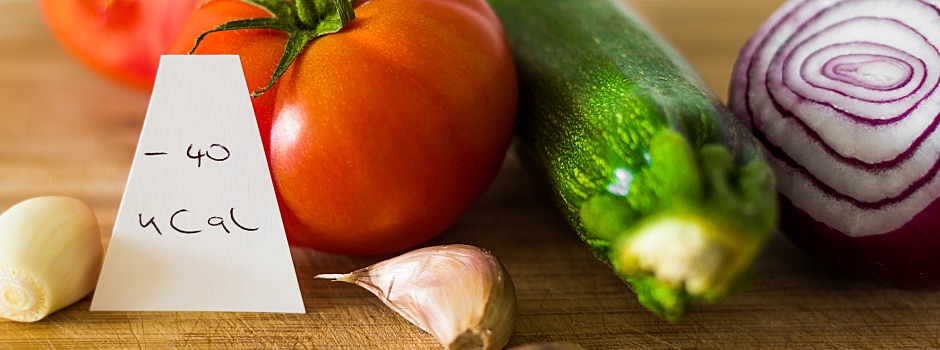Among the plethora of diet myths out there, so-called negative-calorie food has been one that's stood the test of time. So what foods are commonly thought to have negative calories and do they actually work as their name suggests? Here are the answers you should know.
Negative-Calorie Foods
When talking about negative-calorie foods, diet proponents often reference foods that supposedly use more calories to chew, digest, and absorb than they provide. The most common foods thought to provide negative calories are celery, lettuce, and some citrus fruits. However, Dr. Neal Barnard boasts that fruits and veggies with more calories, such as bananas, apples, beans, and even sweet potatoes, have a negative caloric effect on your body.
The Reality of Metabolism
Unfortunately, metabolism doesn't quite work in this simplistic way. The amount of calories you need per day is dictated by your body's basal metabolic rate (BMR). Your BMR accounts for the energy needed to fuel all your organ systems and bodily functions while at rest. One contributor to BMR is the thermic effect of food (TEF), which is energy needed to eat and metabolize food. However, the TEF only accounts for 5–15 percent of total BMR. So, say your BMR equals 1,600 calories, only 80–240 calories per day will be used to metabolize all food eaten. A fist-sized piece of fruit, like a medium banana or large apple, is anywhere between 100 and 120 calories. In other words, these fruits cannot be considered negative-calorie foods considering all the foods one eats throughout a given day.
Taking a Sustainable Approach
While fruit and veggies that are predominantly comprised of water, like celery and lettuce, provide minimal calories, they aren't considered to have negative calories by nutrition experts. While it's wonderful to include these nutrient-filled veggies into your diet, they shouldn't be eaten in massive quantities for their negligible calorie contribution; your body needs more substantial calorie-contributing nutrients like carbohydrates, fat, and protein to properly function and sustain itself. Instead, try to focus on a well-balanced diet where meals and snacks are composed of approximately 50 percent fruits and vegetables, 25 percent whole-grain carbohydrates, and 25 percent protein-based foods. Using this simple ratio, you can ensure that your body is getting the balanced mix of nutrients it needs.
While some high-water-containing fruits and veggies have a negligible amount of calories, they shouldn't be thought of as negative-calorie foods. By focusing on these foods as a diet strategy, you may be leading yourself down a path of restriction and unbalanced eating that could cause your body harm. So, while foods commonly thought to have negative calories can aid in weight loss as part of a healthy diet, they shouldn't be your next diet secret. The best method to lose weight is to focus on balanced eating and physical activity.
Related Recipes

Understanding Intuitive Eating
Intuitive eating is an up-and-coming way of looking at food, health, and body image. Here's what intuitive eating entails and how it works.

Not Eating Enough: Consequences and Helpful Weight Loss Solutions
Here's what you should know about the harm that not eating enough can have on your body, plus some tips and ideas on how to lose weight in a healthy way.

Portion Control Tips for Healthier Eating
Here are some portion control tips to help you better manage the amount of food you're eating and stay healthy.
